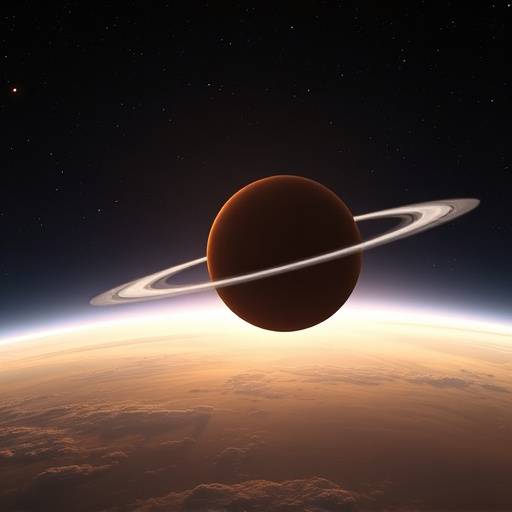The Enigmatic Dance of Galaxy Formation
Galaxies, the sprawling cities of the cosmos, are not static entities. They evolve, merge, and interact over billions of years. Learn about the latest research into the processes that shape these grand structures, from the accretion of dark matter to the explosive bursts of star formation. Explore the role of supermassive black holes in galactic evolution and the ongoing quest to understand the diverse morphologies of galaxies we observe today.
Read More


